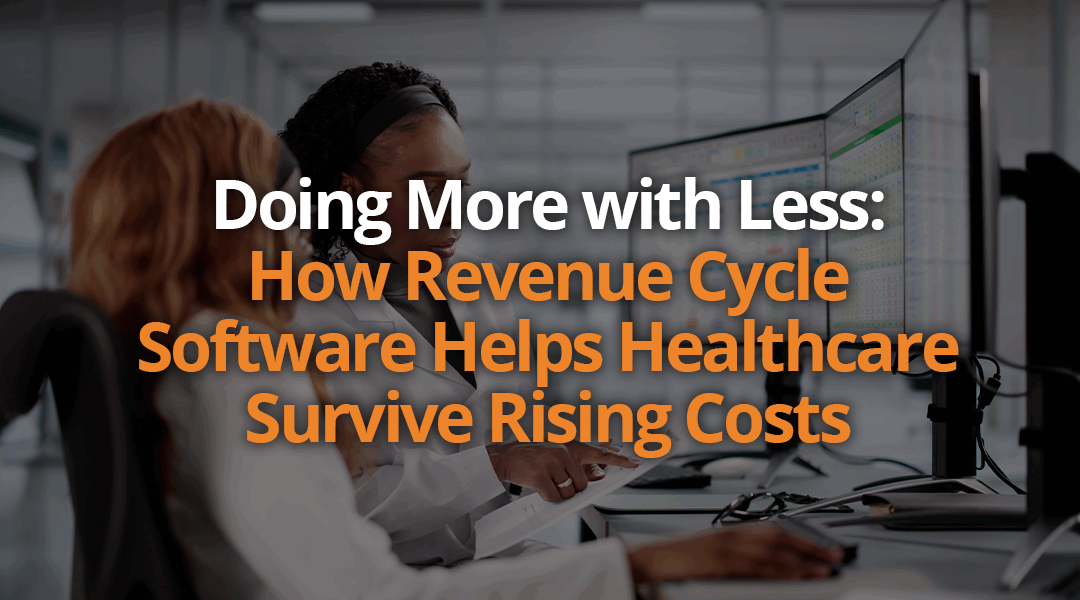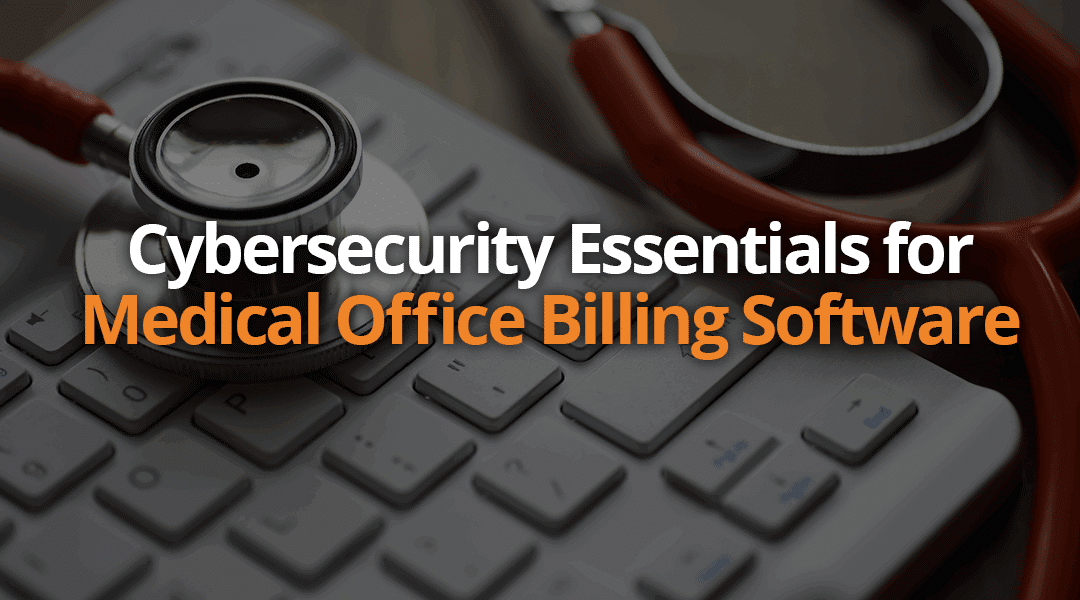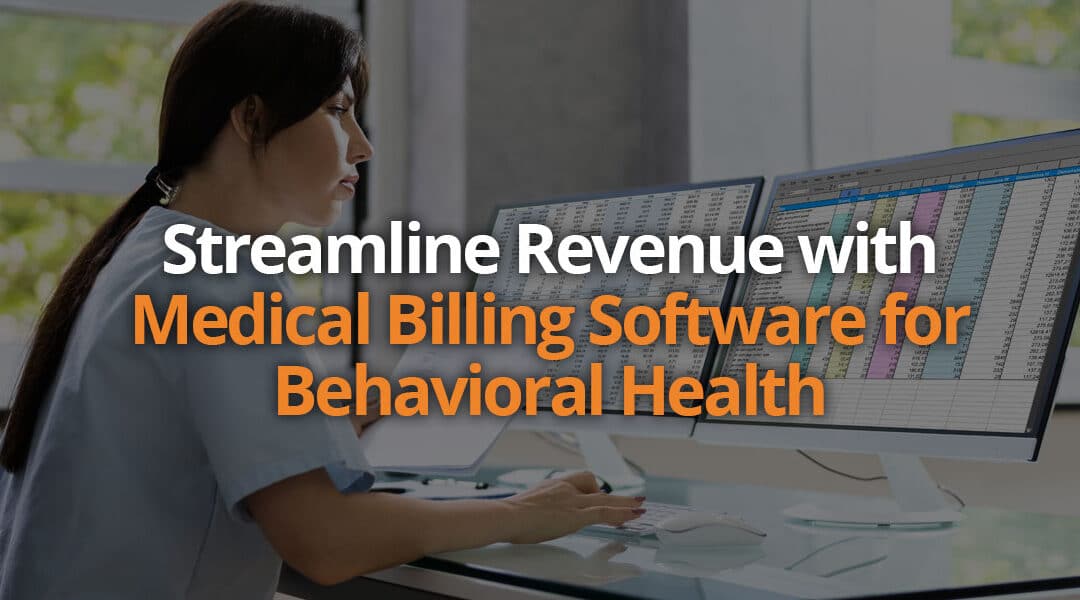
Switching Billing Software? What to Look For Before 2026
You can feel when your current billing software isn’t keeping up. Claims and payments take too long, basic reporting doesn’t help you make sound decisions, and you get frustrated daily. But even when you know it’s time to make a change, choosing the right solution can feel overwhelming because there are so many options.
The best way to choose a new billing software is to start by understanding which features you actually need. That way, you’ll never have to work around what you’re missing.
EZClaim billing software is designed to be flexible enough to check all your boxes. It helps single providers and practices of all sizes simplify billing, reduce payment delays, and improve operational efficiency without adding complexity.
This article will walk you through the most important features and considerations to look for in billing software as you plan for 2026 and beyond.
Why Switching Billing Software Matters Before 2026
Billing technology is advancing quickly. Meanwhile, efficiency, automation, and real-time insights are crucial for maintaining a competitive practice. Sticking with outdated systems means dealing with small inefficiencies that add up to higher costs and missed revenue opportunities.
Modern billing software gives you faster claims processing, more efficient payment collection, and the data-driven insights you need to adapt in a changing healthcare economy. If you upgrade before 2026, you’ll position your practice to start the year strong and stay ahead.
Must-Have Integration Capabilities
Choose billing software that integrates with your other systems so patient data, claims, and payments all flow together without manual re-entry or the risk of human error. The entire billing process will become faster, easier, and more accurate.
EZClaim medical billing software connects with a wide range of EHRs and practice management platforms, so you can create a smooth, unified workflow right from the start.
Powerful Reporting & Analytics
You can’t improve what you can’t measure. With robust reporting capabilities, you can track claims performance, AR trends, and collection rates in real time. Look for billing software with customizable dashboards for each team member, so everyone has the data they need. Then, you can make smarter decisions that improve cash flow and operational efficiency.
AR Management & Payment Collection Tools
Revenue cycle health depends on sending accurate claims and getting paid on time. Look for billing software that gives you clear visibility into outstanding claims and patient balances so you can track accounts receivable in real time. The right software will also make it easy for you to set up payment plans and reduce the time spent chasing overdue balances.
Time-Saving Automation Features
Adopting automation tools is one of the best and fastest ways to free your team from performing tedious, repetitive tasks. With modern billing software, you can automate things like claims submissions, payment posting, and even follow-up reminders. That means fewer mistakes, faster turnaround times, and more bandwidth for your team to focus on high-value work.
User Experience & Support
With an intuitive, user-friendly design, your team will be able to adopt the system quickly and use it confidently. A smooth experience also requires continuous support from your provider. Look for a partner that provides ongoing training and responsive customer support so your practice won’t be left scrambling when questions or challenges come up.
Why EZClaim Is the Right Choice for Your Practice
EZClaim brings all billing software essentials together in one platform. It connects seamlessly with your existing systems, gives you the reporting tools to make informed decisions, improves AR visibility, automates time-consuming tasks, and offers the intuitive design and support your team needs to succeed.
Don’t wait until 2026 to modernize your billing. Schedule a free consultation today and see how EZClaim can help your practice work smarter, not harder.
Frequently Asked Questions
How long does it take to switch to new billing software?
With proper planning and vendor support, many practices can make the switch in a few weeks.
What is the most important feature to look for in billing software?
Integration, reporting, and automation are often the most valuable for efficiency and revenue cycle management.
How do I ensure my new billing software is HIPAA compliant?
Choose a vendor that meets HIPAA requirements, encrypts data, and follows strict security protocols.









